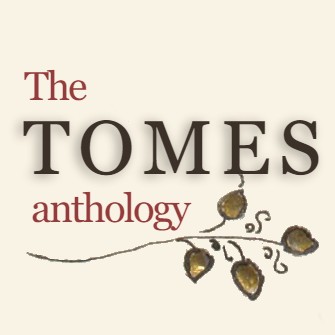Theme: Medieval Women
Texts
Introduction
The role of women in medieval culture and literature has become and increasingly important area of study. With this in mind, the works selected in this anthology are aimed at highlighting some of the wide range of material from medieval England that reflects the lives, voices, and experiences of medieval women. These include a selection from Ancrene Wisse, which is often considered the first Middle English work addressed to women. This widely popular thirteenth-century guide was written to offer guidance about how to live as a solitary religious recluse. Some have argued that the lifestyle depicted by the guide is oppressive and that the guide has a condescending approach to the women it addresses. But scholars such as Elizabeth Robertson (1990) have noted that the solitary religious lifestyle it depicts was particularly popular among women in the thirteenth century and may have been perceived as an escape from some of the significant challenges and barriers that women faced.
Hali Meiðhad, a work that has both linguistic and conceptual overlap with Ancrene Wisse, also offers a glimpse into the lives and literary culture of medieval women. In its aim of promoting enclosed religious life, this work paints a remarkably grim picture of the married life for an upper class thirteenth-century woman. The work also stands out as offering a (somewhat rare) depiction of sexuality in medieval England—a subject that was once largely ignored within academic communities but has become an increasingly important area of study.
Another important selection for this topic is that of the Ayenbite of Inwit (c. 1340). This guidebook is a translation of the Somme le roi—a manual designed to help penitents prepare to confess their sins to a priest. Since it lists sins, the Ayenbite of Inwyt describes (in its prohibitions) aspects of medieval life that are not mentioned in other sources due to the cultural and religious prohibitions of the time. The selection edited here warns its readers not to have intercourse while a woman is menstruating—described here as “þe ziknesse þet wyfmen habbeþ” (“the sickness that women have”). This selection speaks to the ways in which women’s experiences were shaped and controlled by the Church and society more broadly.
Women did not, of course, always accept such forms of control, and the anthology presented here depicts some women’s attempts to push back against these. Chaucer’s Wife of Bath’s Tale is arguably told by a narrator who rejects the conventions of marriage and propriety of her day, and the tale itself has been interpreted by some as a challenge to the patriarchal structures depicted in medieval romances. The Book of Margery Kempe, by featuring a woman who abandons her unhappy marriage for a life of solitary religious devotion and insists on her story being recorded, can also be read a challenge to the expectations that structured upper class women’s lives.
Krista A. Murchison, General Editor
